Previously, removable dentures were considered the main treatment for people who lost all teeth. However, removable dentures cause many inconvenient to patients as easy falling in activities of smiling, talking, eating. Besides, removable dentures also limit stable level, chewing force, aesthetic function, and pronunciation ability.
With the advent of high-tech implant technology, most of the above disadvantages are disappear. Implants for people who lost all teeth are the most breakthrough in cosmetic dentistry.
Contents
1. How do implants for people who lost all teeth work?
If you lose all of your teeth, the implants placed in the jawbone will act as a bridge to support, support, and fix the denture. The implant post connect to the denture with a screw head ( abutments)
The ideal implant is to replace a lost tooth on an implant. However, if patients lose all teeth, it will not be necessary to replace each tooth on each implant post. Implants for people who lost all teeth in their jaws only need 4 to 10 implants depending on the upper or lower jaw and the health of the jawbone. But, the quantity of implants for people who lost all teeth is usually 4, 5, or 6 to support the denture well in many cases.
For patients who have the jawbone weak and lose over time which is not suitable for implant placement, a bone graft can be performed to restore the teeth on the implant.
2. Treatment solutions implant for people who lost all teeth
You can picture the implant looking like a screw placed in your jaw. Then, over the next two to six months, the implant starts bonding to the jaw- bone to form the anchors for the denture and works as a replacement for the root to attach the crown later. In the meantime, the doctor will use temporary teeth to cover the implant post for you. Your gums should heal within a few weeks after this procedure.
Depending on the number of implants placed, the abutment will be attached to the implant to keep the new replacement tooth fixed later.
Finally, a bridge or full denture is attached to these abutments, perfecting your new teeth and gums, natural in both chewing function and aesthetic beauty for the patient. Here are 3 methods of implants for people who lost all teeth that are commonly applied today:
a. All on 4- 4 implants for all jaws
All on 4 technique is the optimal solution implants for people who lost all teeth in their jaws and lost their teeth for a long time, causing the bones to become weak and gradually lost, and the inner bones are not qualified for the technique 6 implants.
All on 4 uses 4 implants on each upper or lower jaw to create a post to support and fix the entire denture. These posts will connect to the denture with an abutment. With the All on 4 technique, the implant posts are usually placed in the incisor area, and help restore up to 12 teeth on 4 implants for each jaw.
The results of new dental restorations with this technique are over expected. You can be assured of high bearing capacity such as chewing, speaking, laughing, and talking without fear of shaking or falling dentures, along with a natural high aesthetic level of almost 90% compared to real teeth.
b. All on 6 – 6 implants for all jaws
Compared with the All on 4 technique, the implant will be placed in the front of the front teeth. The All on 6 technique will reinforce teeth with 2 implants inside the molars, perfecting the chewing function for the patient.
All on 6 is suitable and is an effective solution for patients who have lost all of their lower teeth, and their chewing bone is still healthy enough to place implants.
c. All on 2 – Removable dentures on 2 implants
Compared with traditional removable dentures, removable dentures with two fixed implant posts for the whole jaw are more effective and have many more advantages.
Two implants will be attached to the area in front of the tooth to fix it to make the tooth more solid, limit the wobble of the teeth, and reinforce the chewing ability and aesthetics of the teeth. Patients can choose either an implant head with a magnet to hold the denture or a connecting rod between the denture and the implant. Besides, they can be easily removed to clean teeth when needed
These solutions require a detailed treatment plan based on each patient’s tooth condition, load capacity, and the position of implant placement on the jaw for each specific case.
3. The benefit of implants for people who lost all teeth
Dental implants have many advantages over other tooth replacement options. In addition to being highly esthetic, it works just like natural teeth. Implants support bridges and dentures that are stable and stronger than conventional dentures, allowing you to perform natural chewing and biting functions without worrying about falling.
Dental implants grafted into the jaw- bone will combine to create a solid block, which helps preserve your jawbone better, reinforce the bones to be stronger, and stay for a long time.
In addition, dental implants can still maintain the aesthetics of the teeth and are easier to maintain and care for than conventional dentures. The special thing is that dental implants can improve a crooked smile caused by loss of teeth and jaw.
4. Note when implants for people who lost all teeth
Before dental implant
- People who have lost teeth should only have teeth planted when they are 18 years old or older. Because at this time, the jaw bone has developed stably, is complete, and is eligible for Implant implant.
- The level of the jaw bone, height, and bone thickness meet the standards, sufficient rigidity, adequate alveolar bone.
- Good health, it is necessary to accurately describe your health status if you have chronic diseases such as heart disease, diabetes so that the doctor can have appropriate treatment solutions.
- Stop using stimulants, tobacco, alcohol at least one month before implant placement so as not to affect the recovery process when implanting teeth.
- Prepare psychologically so that the treatment process goes more smoothly.
After dental Implant
- Apply cold compresses to the cheeks and lips near the implant site to reduce swelling in the first 1-2 days of implantation. Next following days, apply warm water to dissolve the hematoma and reduce swelling.
- Do not use dilute salt water to rinse your mouth because saltwater has high antiseptic properties which can kill newly formed cells.
- Do not brush your teeth for the first few days after implantation, use mouthwash containing Chlorhexidine 0.12% twice a day for oral hygiene.
- Do not smoke for 2-4 weeks after implant placement.
- Use medications as prescribed by the treating physician. Do not use aspirin-containing medicines to relieve pain because it can reject the implant
- Eat soft, easy-to-swallow foods. Drink plenty of water to clean the oral cavity.
- Avoid letting food stick, fall into the implant position.
- Do not use your hands, tongue, or sharp objects to touch the implant position.
- Do not move, exercise, or run too hard, because these activities can cause the implant to be shaken.
- Brush your teeth gently and clean your teeth regularly.
- Periodic re-examination every 3 months in the first year to check implant, adjust chewing force, bite if necessary.
At Xdent, we specialize in providing dental outsourcing products for overseas markets including dental bridges and Implants. With a team of skilled technicians and modern equipment, we always bring quality, aesthetic, and competitive price teeth processing products to your business.
Author: XDENT LAB

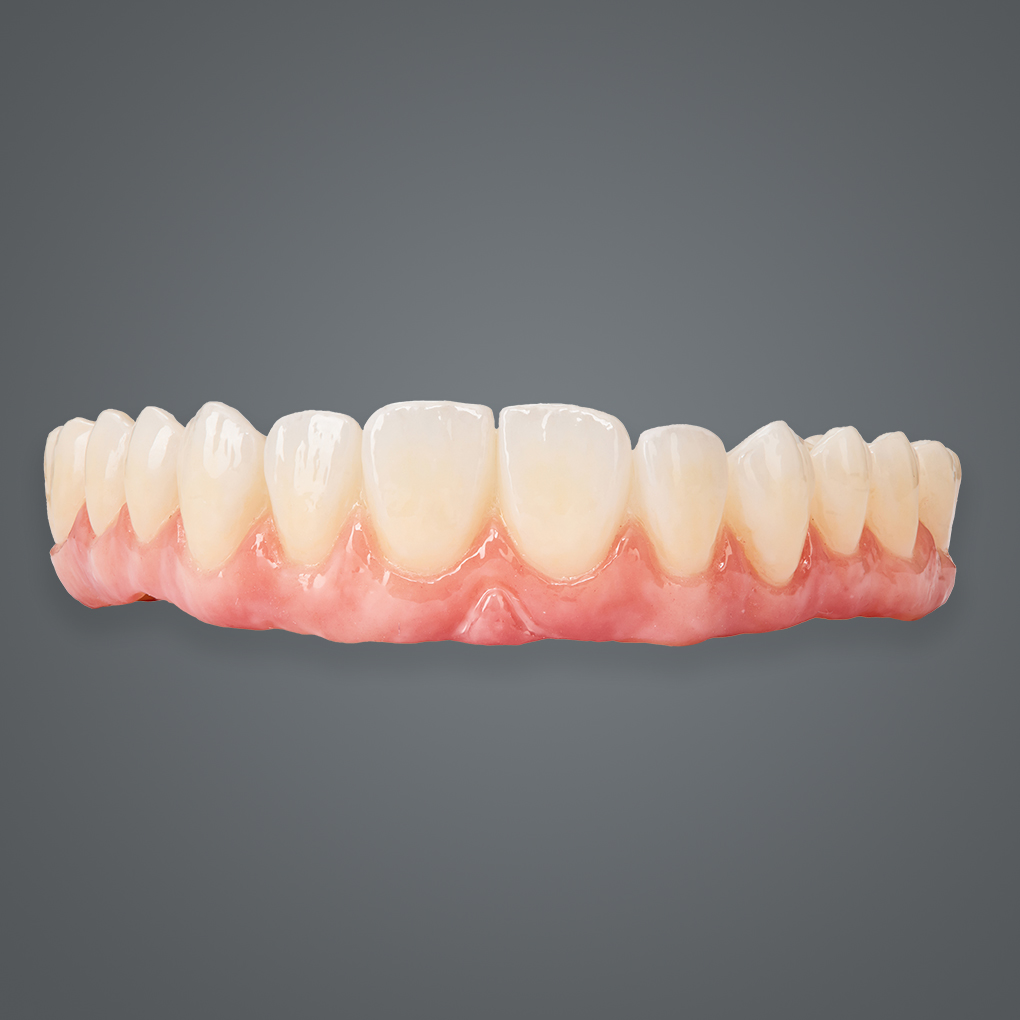
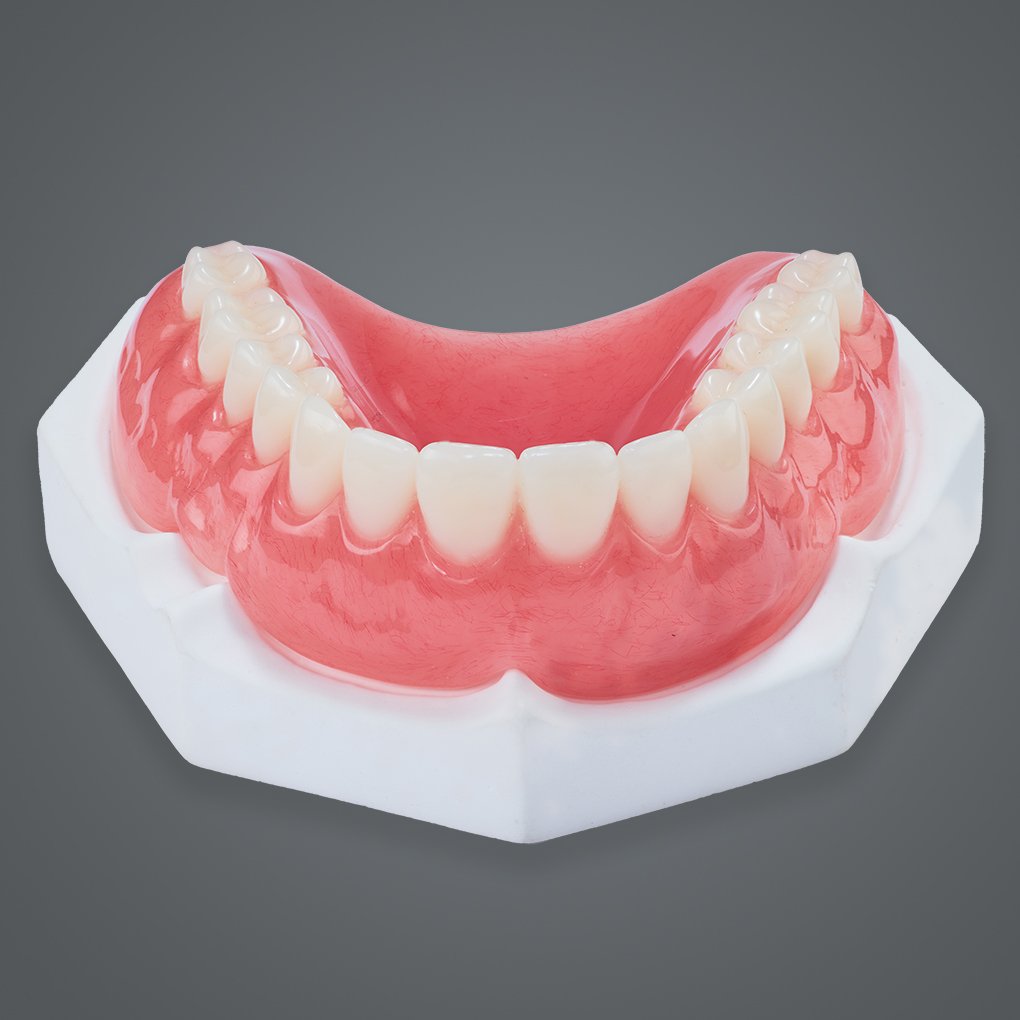
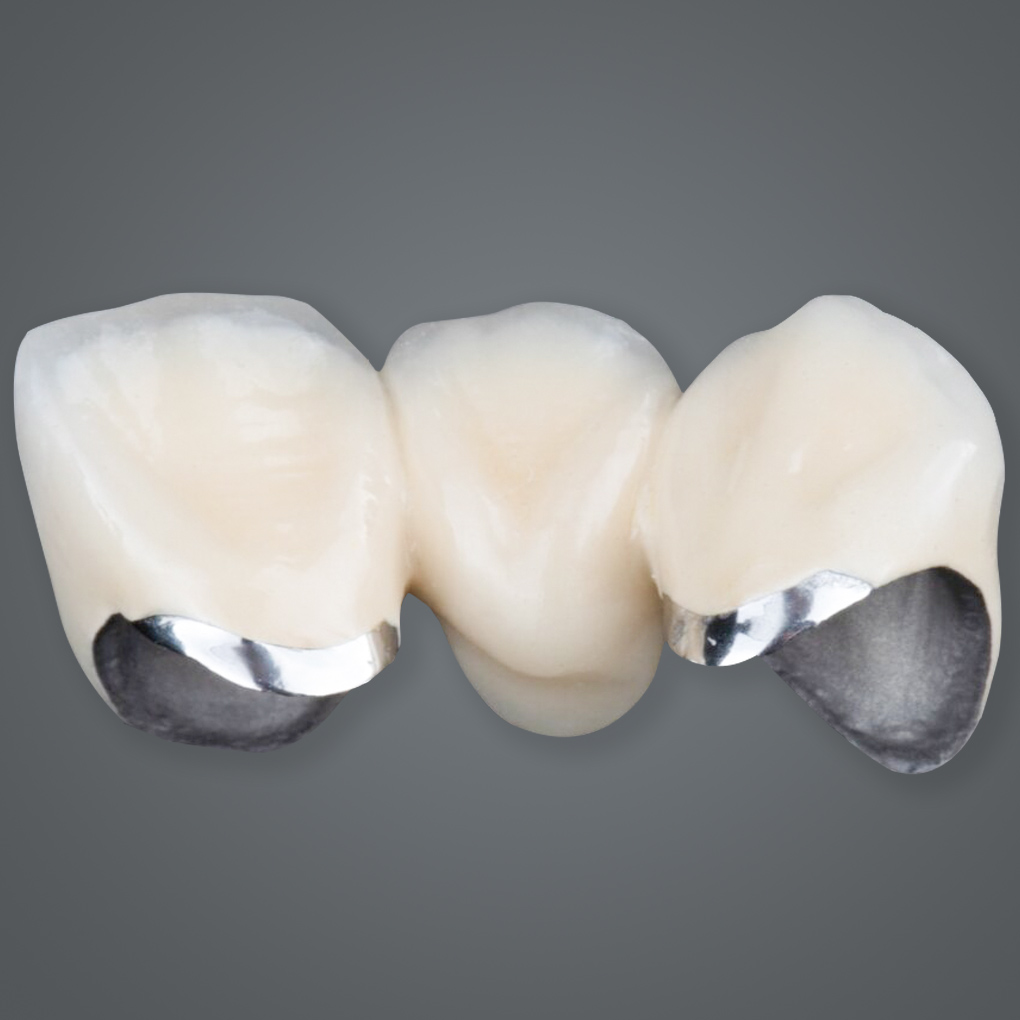
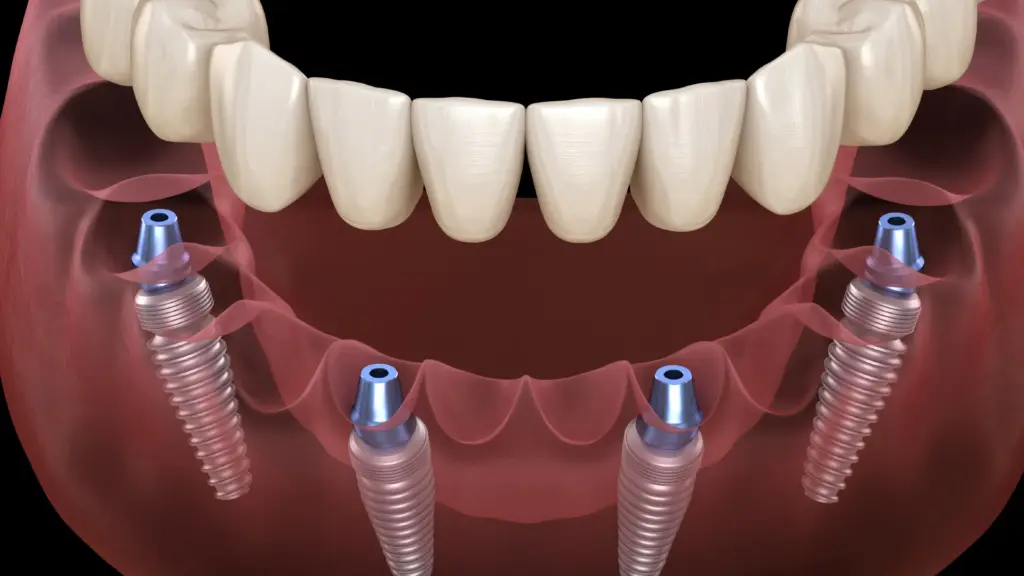
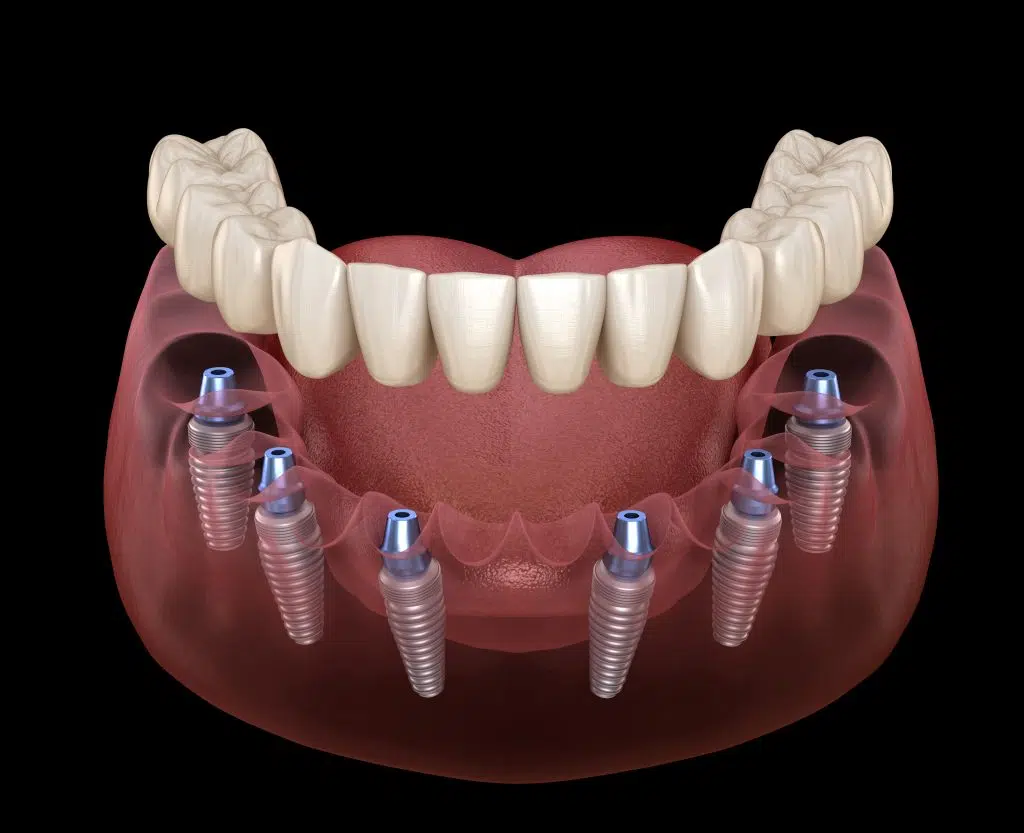
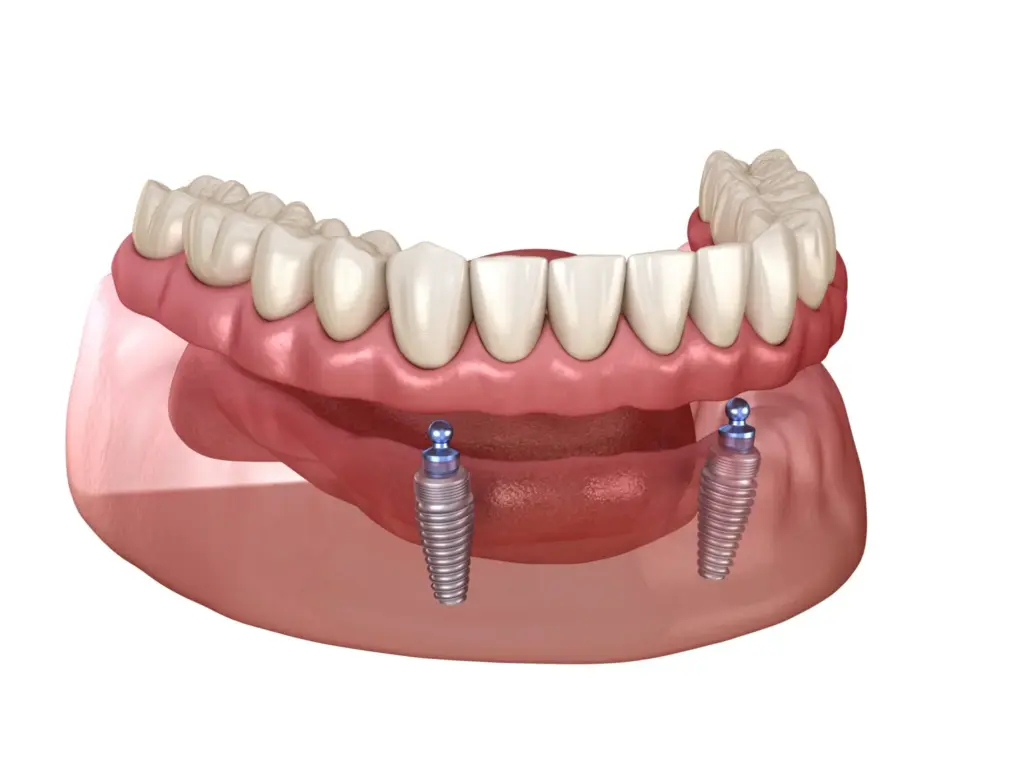


На этом ресурсе вы найдете клинику психологического здоровья, которая обеспечивает психологические услуги для людей, страдающих от депрессии и других психических расстройств. Наша индивидуальный подход для восстановления психического здоровья. Врачи нашего центра готовы помочь вам решить проблемы и вернуться к гармонии. Квалификация наших психологов подтверждена множеством положительных отзывов. Свяжитесь с нами уже сегодня, чтобы начать путь к восстановлению.
sbider.com
Доставка грузов в городе Минск — удобное решение для бизнеса и домашних нужд.
Мы оказываем транспортировку в пределах Минска и окрестностей, функционируя круглосуточно.
В нашем автопарке современные транспортные средства разной вместимости, что позволяет учесть любые запросы клиентов.
Перевозки заказать в Минске
Мы содействуем квартирные переезды, перевозку мебели, строительных материалов, а также небольших грузов.
Наши специалисты — это квалифицированные эксперты, хорошо знающие дорогах Минска.
Мы обеспечиваем своевременную подачу транспорта, бережную погрузку и доставку в точку назначения.
Подать заявку на грузоперевозку вы можете всего в пару кликов или по телефону с консультацией.
GameAthlon is a renowned gaming site offering exciting games for users of all preferences.
The site provides a huge collection of slot machines, live casino tables, table games, and sports betting.
Players have access to seamless navigation, top-notch visuals, and intuitive interfaces on both desktop and tablets.
http://www.gameathlon.gr
GameAthlon takes care of safe gaming by offering secure payments and fair outcomes.
Reward programs and special rewards are frequently refreshed, giving members extra incentives to win and enjoy the game.
The customer support team is ready around the clock, supporting with any questions quickly and politely.
The site is the ideal choice for those looking for entertainment and big winnings in one safe space.
GameAthlon is a popular entertainment platform offering exciting gameplay for players of all levels.
The platform features a diverse collection of slot machines, real-time games, classic casino games, and betting options.
Players can enjoy seamless navigation, stunning animations, and intuitive interfaces on both desktop and smartphones.
gameathlon casino
GameAthlon focuses on player safety by offering secure payments and reliable RNG systems.
Reward programs and VIP perks are regularly updated, giving members extra opportunities to win and have fun.
The support service is on hand 24/7, assisting with any issues quickly and professionally.
GameAthlon is the ideal choice for those looking for entertainment and big winnings in one trusted space.
Предлагаем услуги проката автобусов и микроавтобусов с водителем для крупных корпораций, бизнеса любого масштаба, а также частным лицам.
https://avtoaibolit-76.ru/
Гарантируем приятную и спокойную поездку для коллективов, организуя перевозки на свадебные мероприятия, корпоративные праздники, экскурсии и другие мероприятия в регионе Челябинска.
Теневой интернет — это анонимная часть онлайн-пространства, куда можно попасть исключительно через специальные программы, например, Tor.
В этой среде доступны как официальные, так и запрещенные ресурсы, среди которых магазины и различные платформы.
Одной из таких торговых площадок была BlackSprut, что занималась торговле разнообразной продукции, в частности запрещенные продукты.
https://bs2best
Эти ресурсы нередко работают через криптовалюту в целях скрытности транзакций.
При этом, правоохранительные органы время от времени блокируют крупные даркнет-площадки, однако вскоре возникают новые ресурсы.
Даркнет — это скрытая часть интернета, куда открывается доступ исключительно через специальные программы, такие как Freenet.
В даркнете можно найти законные , включая форумы и различные площадки.
Одной из таких платформ считается BlackSprut, что занималась торговле различных товаров.
bs2best
Подобные сайты часто работают через анонимные платежи для обеспечения анонимности сделок.
Прохождение сертификации в нашей стране остается ключевым процессом выхода продукции на рынок.
Этот процесс подтверждает соответствие государственным стандартам и законам, что оберегает потребителей от некачественных товаров.
сертификация продукции
Также наличие сертификатов способствует сотрудничество с крупными ритейлерами и открывает конкурентные преимущества для бизнеса.
Без сертификации, не исключены проблемы с законом и барьеры в процессе реализации продукции.
Поэтому, получение сертификатов не просто формальностью, но и важным фактором устойчивого роста бизнеса в России.
Purchasing drugs online is way more convenient than shopping in person.
No need to stand in queues or worry about limited availability.
Internet drugstores allow you to get what you need from home.
Many digital pharmacies have special deals compared to physical stores.
http://forum.spolokmedikovke.sk/viewtopic.php?f=3&t=150789&p=995856#p995856
Plus, you can compare various options quickly.
Reliable shipping adds to the ease.
Do you prefer purchasing drugs from the internet?
Regardless of the rise of smartwatches, classic wristwatches are still everlasting.
Collectors and watch lovers admire the intricate design that defines traditional timepieces.
In contrast to smartwatches, that need frequent upgrades, mechanical watches hold their value through generations.
https://www.opelteams.de/threads/premium-clocks-wise-move.1332/
High-end manufacturers are always introducing limited-edition traditional watches, proving that their desirability hasn’t faded.
For true enthusiasts, an automatic timepiece is not just an accessory, but a symbol of heritage.
While smartwatches offer convenience, mechanical watches have soul that stands the test of time.
Обзор BlackSprut: ключевые особенности
Сервис BlackSprut вызывает внимание многих пользователей. Почему о нем говорят?
Этот проект предлагает интересные функции для своих пользователей. Оформление сайта характеризуется удобством, что делает платформу интуитивно удобной даже для новичков.
Необходимо помнить, что данная система работает по своим принципам, которые делают его особенным в своей нише.
Говоря о BlackSprut, стоит отметить, что определенная аудитория оценивают его по-разному. Одни отмечают его удобство, а некоторые рассматривают более критично.
В целом, BlackSprut остается темой дискуссий и удерживает заинтересованность разных слоев интернет-сообщества.
Где найти работающий доступ на БлэкСпрут?
Хотите узнать актуальное зеркало на BlackSprut? Это можно сделать здесь.
bs2best актуальная ссылка
Периодически ресурс меняет адрес, и тогда нужно знать новое зеркало.
Мы следим за актуальными доменами и готовы предоставить актуальным линком.
Проверьте рабочую версию сайта у нас!
Buying medications from e-pharmacies is far more convenient than shopping in person.
There’s no reason to wait in line or stress over store hours.
Internet drugstores let you get your medications with just a few clicks.
A lot of digital pharmacies provide discounts unlike brick-and-mortar pharmacies.
http://www.oraerp.com/thread-421-post-302492.html#pid302492
On top of that, it’s easy to check various options easily.
Quick delivery makes it even more convenient.
What do you think about ordering from e-pharmacies?
Мы предлагает помощью приезжих в Санкт-Петербурге.
Мы помогаем в получении документов, регистрации, и формальностях, касающихся работы.
Наши специалисты разъясняют по всем юридическим вопросам и дают советы правильный порядок действий.
Мы работаем по вопросам временного проживания, так и с гражданством.
С нашей помощью, вы сможете быстрее адаптироваться, решить все юридические формальности и комфортно устроиться в Санкт-Петербурге.
Обращайтесь, и мы подробно расскажем обо всех возможностях!
https://spb-migrant.ru/
BlackSprut – платформа с особыми возможностями
Платформа BlackSprut удостаивается обсуждения широкой аудитории. Что делает его уникальным?
Данный ресурс обеспечивает интересные возможности для аудитории. Оформление сайта характеризуется функциональностью, что делает его доступной без сложного обучения.
Необходимо помнить, что BlackSprut имеет свои особенности, которые отличают его на рынке.
Обсуждая BlackSprut, нельзя не упомянуть, что многие пользователи оценивают его по-разному. Одни выделяют его возможности, а кто-то относятся к нему с осторожностью.
Подводя итоги, данный сервис остается объектом интереса и вызывает интерес широкой аудитории.
Свежий сайт БлэкСпрут – ищите здесь
Хотите найти свежее зеркало на БлэкСпрут? Мы поможем.
bs2best at
Сайт часто обновляет адреса, поэтому важно иметь обновленный линк.
Свежий адрес легко узнать у нас.
Проверьте рабочую версию сайта у нас!